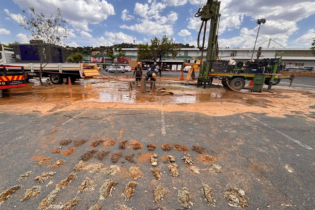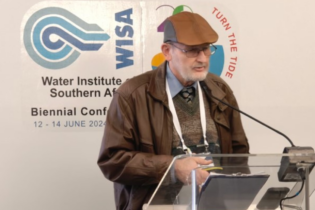The results of a recent study on orographic cloud seeding could shed light on rainfall and water resource availability in the Western Cape for the upcoming winter season.
The study was conducted by Middleburg based Water Analytical Services (WAS) and its international partner Weather Modification International (WMI) over a period of two months and included a simulation which revealed that if cloud seeding was deployed at Theewaterskloof Dam in the Western Cape; precipitation would increase by potentially 40%-50% thereby bolstering the water levels at the dam and its associated reservoir. Weather Modification International conducted several simulations in 2017 within three areas that experience similar weather patterns to the Western Cape. The results show immense potential for boosting rainfall in the Western Cape during the 2018 winter season.The results
The results of the US based studies determined that the client saw a cost-benefit ratio of 25:1. The achievement of results similar to these by means of cloud seeding would have a significant impact on current water levels in the Cape. “These studies support the interest that we are seeing coming out of both the public and private sectors who are excited at the prospect of utilising cloud seeding as a way to increase winter rainfall, thereby alleviating the pressure on water supply and demand that is currently being experienced,” explains Franco van der Merwe, Managing Director at WAS.








